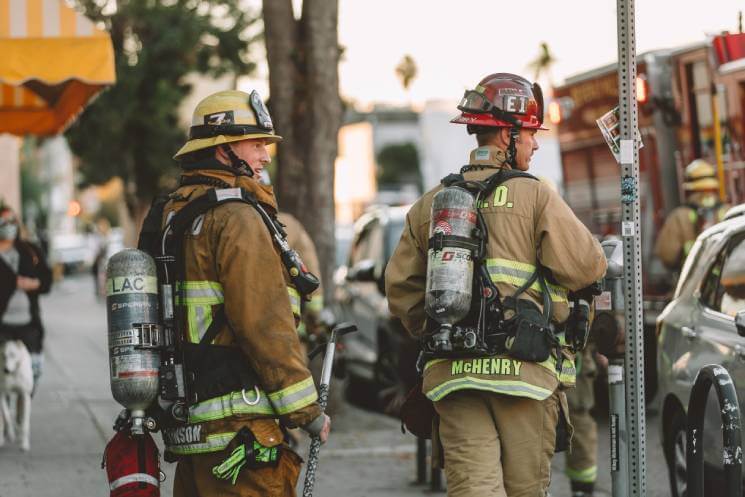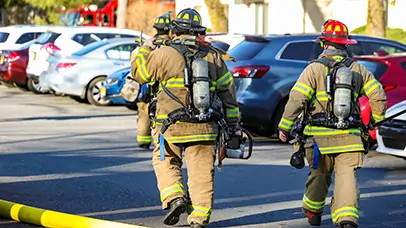Frequently Asked Questions

Learn More about our Direct Dryers and Protecting Your Gear
Why is wet gear a health and safety issue?
Wet turnout gear under certain conditions can result in injury due to steam burns. Wet cold-water rescue suits can be the source of bloodborne infections. Wet boots can be the source of serious medical problems such as Pseudomonas Cellulitis.
Why do your machines use warmed air?
Warm air holds more water vapor than cold, so the rate of drying is enhanced. Machines can operate in cooler conditions and still maintain performance. When a fabric feels dry to the touch water molecules are hygroscopically bonded to the microscopic fibers. Average room temperature air does not provide enough energy to effectively break this bond between water and fiber within a reasonable length of time.
What causes that “locker room” smell?
Microbes thrive in warm, dark and damp conditions. PPE provides an ideal environment for the growth of fungi and other bacteria on the skin. Human odor is caused by naturally produced pheromones. The obnoxious odor associated with locker rooms is caused by an excess accumulation of microbes. Keeping PPE dry will limit this condition.
Why do my feet get cold when they are wet?
As the moisture content in a boot increases, the ability to transfer moisture from the foot to the outside layers of the sock decrease. Consequently at skin level the balance of humidity and heat is disrupted. Material in contact with the skin will cool and your feet will feel “clammy”.
If warm is good wouldn’t hot air be better?
Some PPE elements are manufactured with fabrics that could be damaged by too much heat. Our machines will not create this condition. Also, when you put your foot into a hot boot, it will immediately begin to sweat(see “Why are my feet cold?”). Hot air dryers usually require specialty 240V service wiring.


